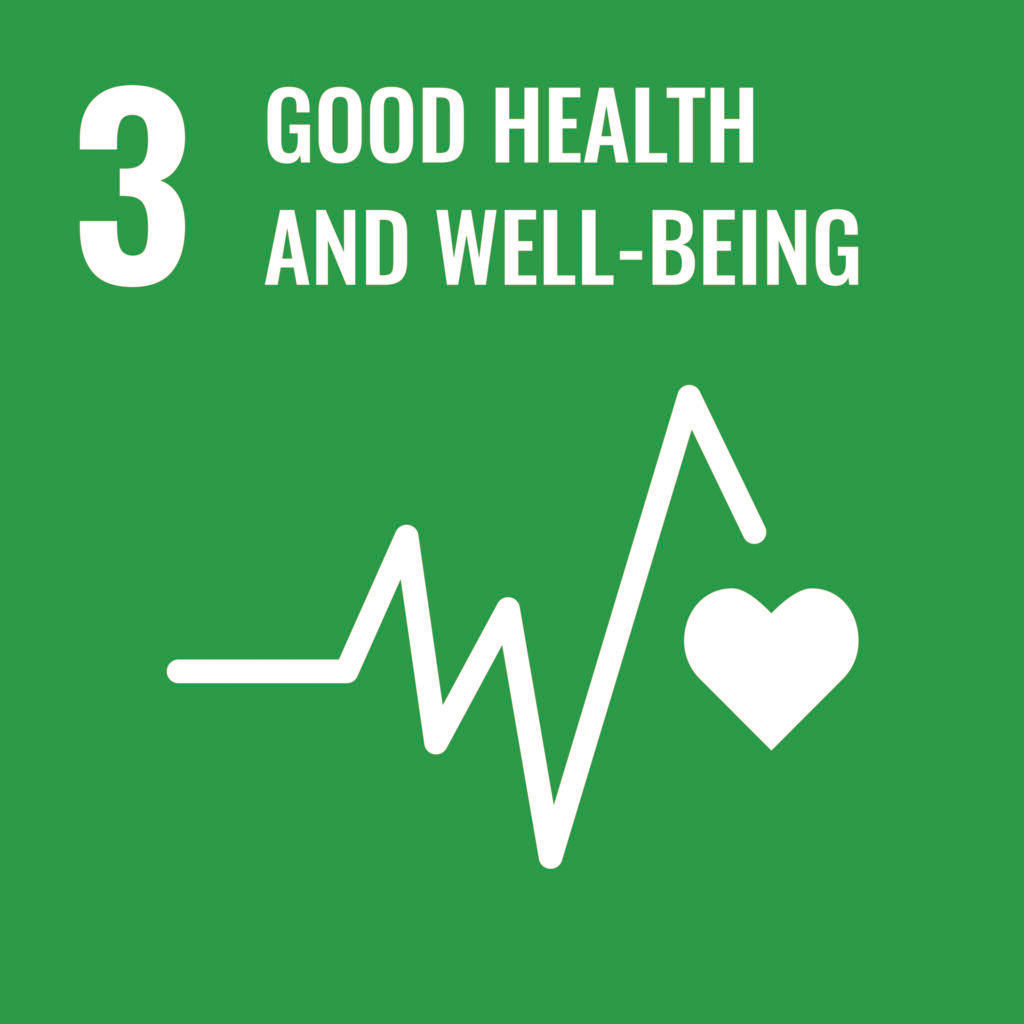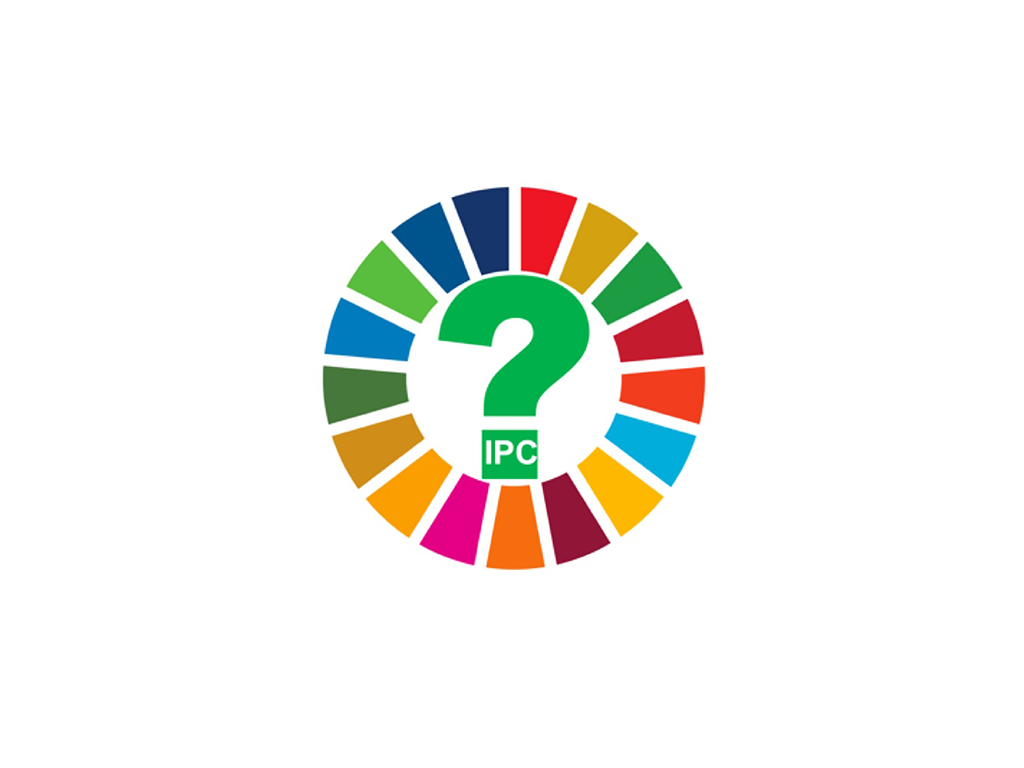There are five years to go until 2030 – the end point of the sustainable development goals (SDGs) – otherwise known as the global goals. The 17 global goals were adopted by all United Nations (UN) Member States in 2015 and triggered a shared commitment by all countries to address many issues affecting the sustainability of the planet, including improving health.
Goal 3 of the SDGs focuses on good health and well-being and it is within this goal that universal health coverage (UHC) is addressed. At first glance it is challenging to articulate the precise role that infection prevention and control (IPC) plays in such an ambitious global health agenda. Additionally, Goal 6 of the SDGs is to ensure the availability and sustainable management of water and sanitation for all – this is also relevant to IPC.
| SDG target 3: Ensure healthy lives and promote well-being for all at all ages.3.1: By 2030, reduce the global mortality ratio to less than 70 per 100 000 live births. 3.2: By 2030, end preventable deaths of newborns and children under 5 years of age, with all countries aiming to reduce neonatal mortality to at least as low as 12 per 1000 live births and under-5 mortality to at least as low as 25 per 1000 live births.3.3: By 2030, end the epidemics of acquired immunodeficiency syndrome (AIDS), tuberculosis, malaria and neglected tropical diseases and combat hepatitis, water-borne diseases, and other communicable diseases. 3.8: Achieve universal health coverage, including financial risk protection, access to quality essential health care services and access to safe, effective, quality and affordable essential medicines and vaccines for all. 3.d: Strengthen the capacity of all countries, in particular developing countries, for early warning, risk reduction and management of national and global health risks. 3.d.2: Percentage of bloodstream infections due to selected antimicrobial-resistant organisms. SDG target 6: Ensure the availability and sustainable management of water and sanitation for all. 6.1: By 2030, achieve access to safely-managed drinking water services for all. 6.2: By 2030, achieve access to adequate and equitable sanitation and hygiene for all and end open defecation, paying special attention to the needs of women and girls and those in vulnerable situations. The WHO/UNICEF Joint Monitoring Programme has defined global indicators for water, sanitation, hand hygiene, cleaning and health care waste for which global reports and databases are updated every 2 years. |

In 2016, we attempted to articulate the role of IPC in the SDGs in an award winning, research article. We drew attention to how IPC contributes to the overall quality and safety of health care and that expansion of access, which is the ethos behind UHC, should be accompanied by efforts to ensure that when people access care it is safe and of high quality.
And in a recently launched, freely available e.book, we look back on the progress that has been made in IPC in the last decade and summarise some of the key milestones and activities that act as an important foundations for the work to be done by all of us in the next five years. We specifically focus on IPC policy, practice and research.
We believe that IPC is important, not only to those affected by healthcare associated infections, but also to the achievement of the SDGs. We have explored how this might be realised drawing on some recent calls to action and consider what this means to those working in healthcare across the globe going forward. Political commitment, integration and communications are paramount to success. IPC provides a small part of the much needed big solutions to get the health related SDGs back on track. There is still a need for a strong narrative that describes IPC as a trusted and evidence-based speciality and method to future-proof health systems to meet whatever challenges lie ahead. Read more.
